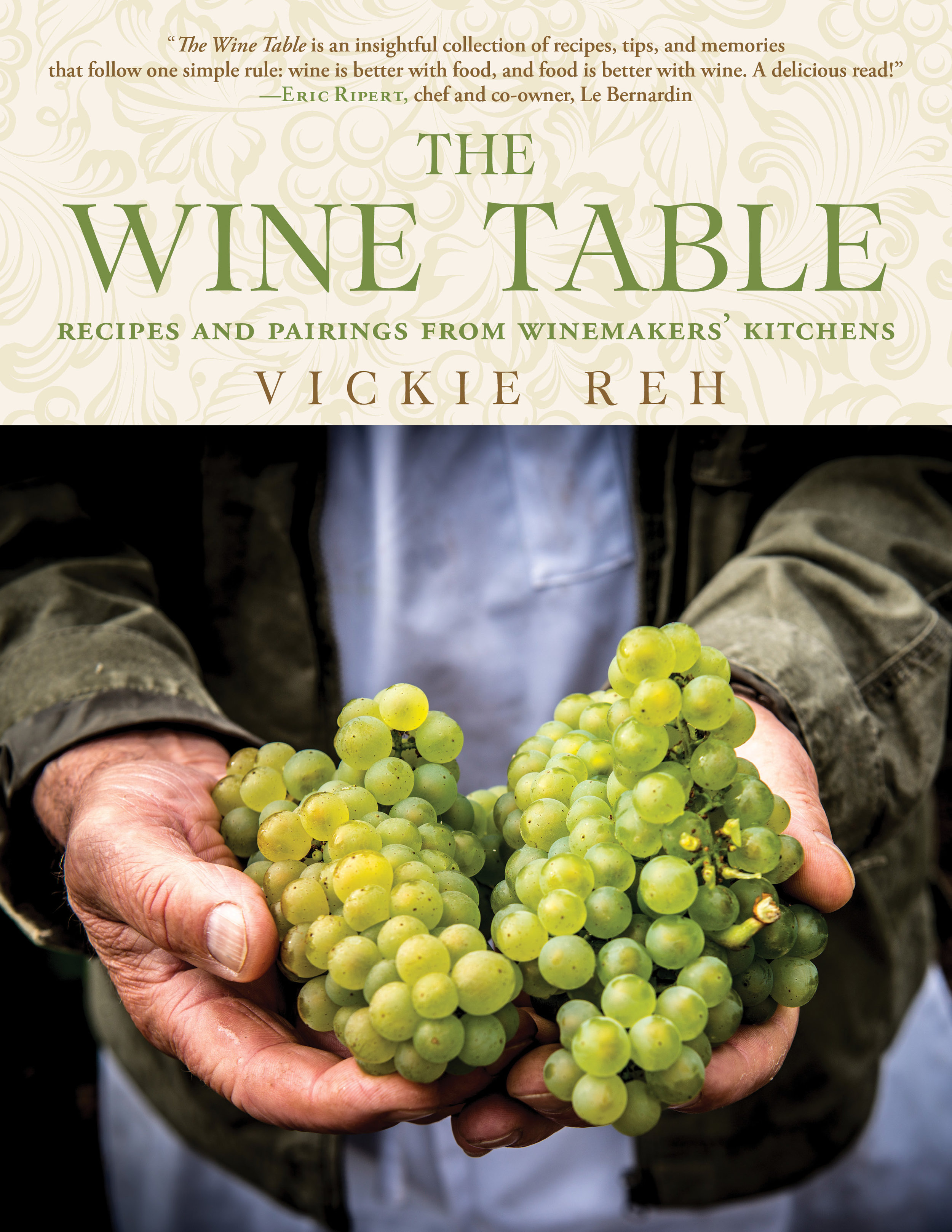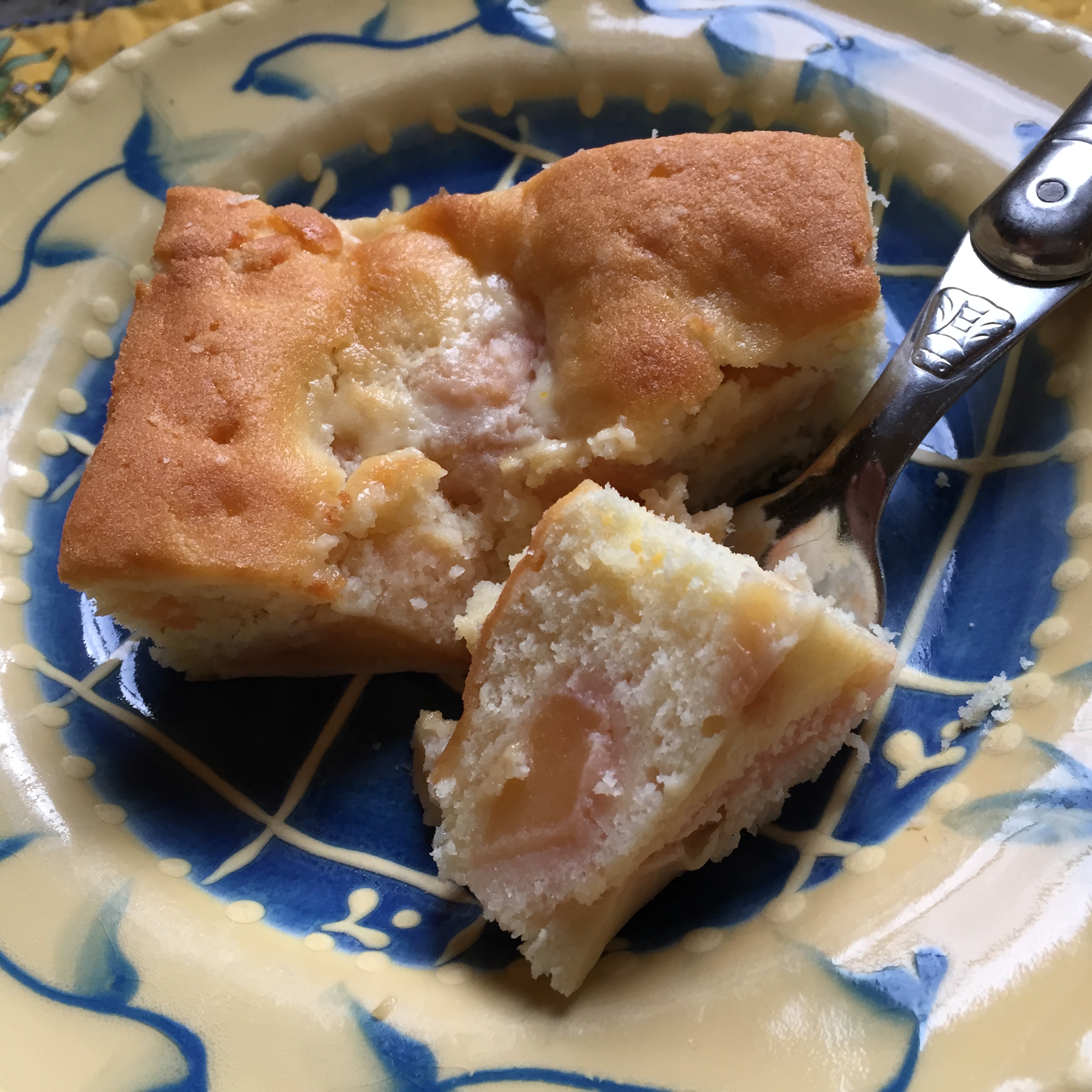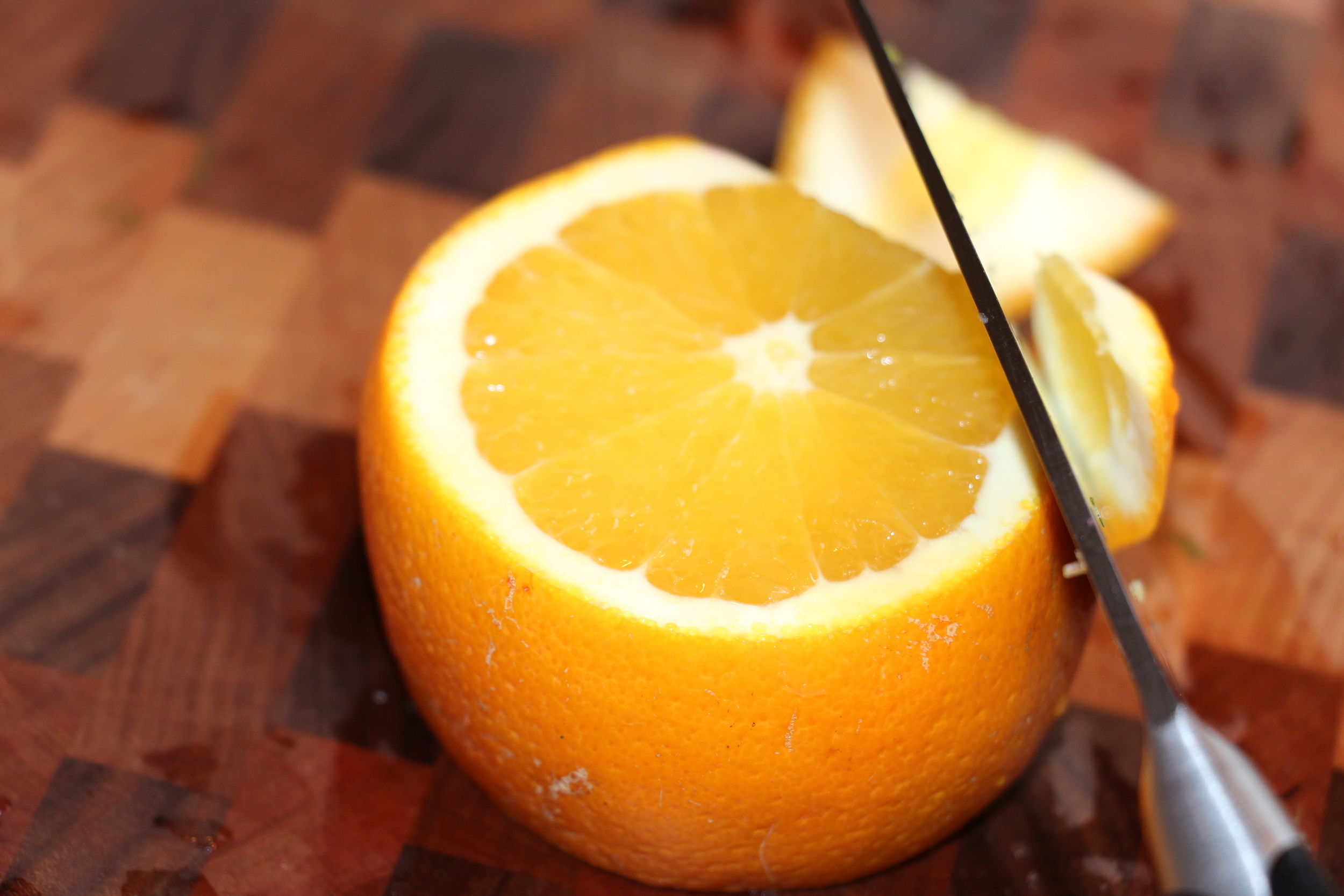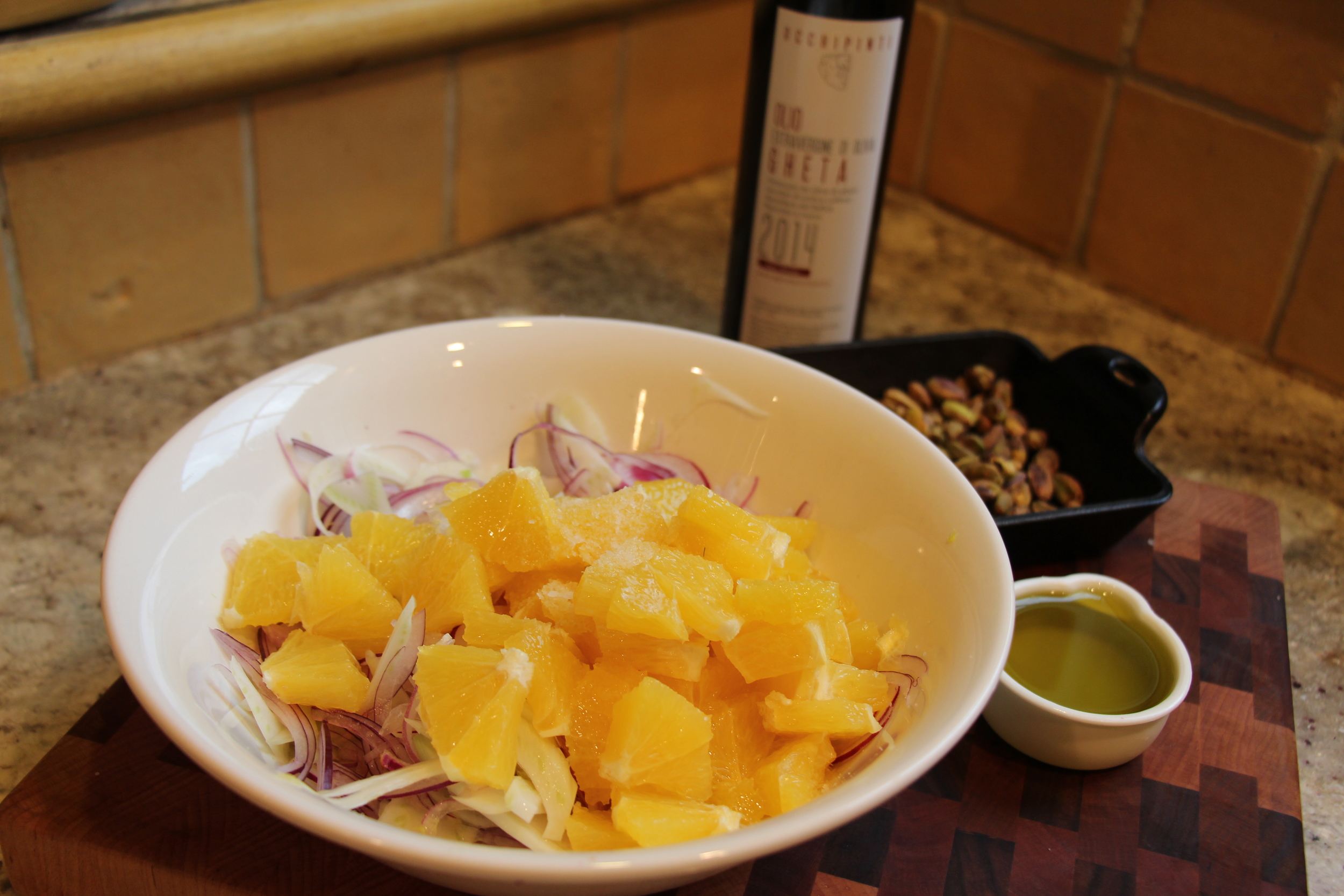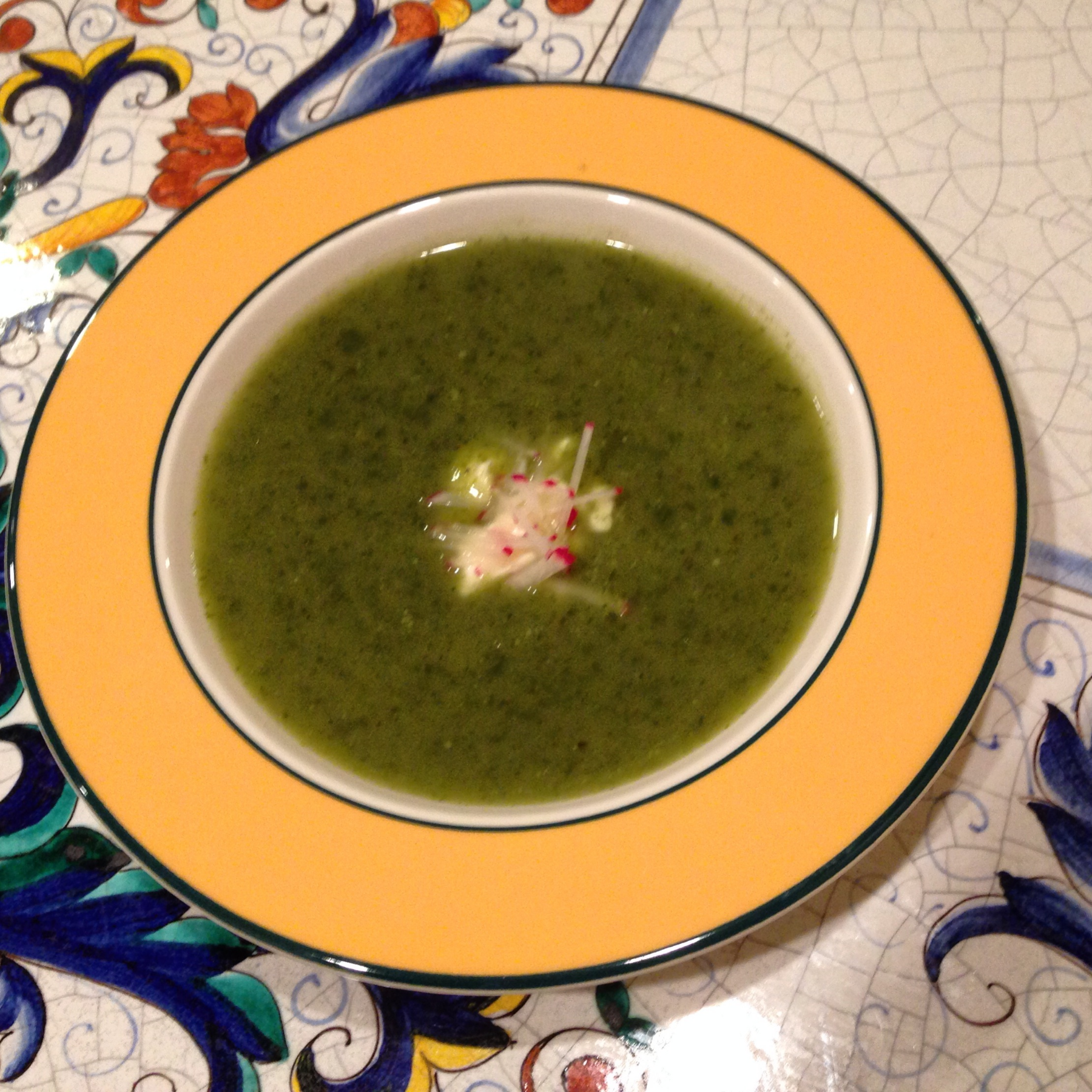Finding restaurants while on vacation is easy. Finding good restaurants? Not so much. And let’s face it, unless you are retired and have unlimited financial resources, your vacation is probably no more than a week or two long and there just isn’t a lot of time for trial and error. A mediocre meal on vacation seems so much more disappointing than an equally lackluster meal in your hometown.
Your restaurant search becomes even more difficult if you have dietary requirements like I do. I’m just kidding. It’s not that I have dietary restrictions so much as I have a certain type of restaurant that I like. As I have already stressed in my blog (and to anyone who will listen to me in person) I prefer restaurants that specialize in fresh local ingredients with classic preparations that are true to the culinary history of their region. A good wine list of local wines at fair prices is also quite important to me.
Finding high-end fancy gastronomy is simple. Open your Michelin guide and have at it. Likewise, a web search will likely turn up a “best of” list frequently populated by restaurants touted for their “new take” on classic cuisine. These are great resources if that is the style of dining you prefer. Also helpful is an internet search for advice from news sources you trust.
But what if you want traditional but very high-quality food—preferably (and I know this is a big ask and completely hypocritical) without a lot of tourists? That is generally considerably more difficult. I always feel comfortable armed with recent articles from the New York Times or Saveur Magazine to name two, but I must stress that recent is the key word in that sentence. Let’s face it. Time changes things. If you found that six-year old article in the New York Times stating that Café Perfection (not their real name) is the best traditional restaurant in town with an amazing menu of local specialties, then other people have probably found it as well. Café Perfection (still not their real name) used to be my favorite restaurant in Paris, but they have become so popular that the experience that was once relaxed and unhurried has become frantic and rushed--more cattle car and less “La Vie en Rose”.
The usual candidates for advice all come either with their own agenda: the Concierge at your hotel (“mention our name and get a 15% discount”), your taxi driver (“my brother-in-law has this great restaurant”) or in the case of online review websites from people with whose tastes you are unfamiliar.
What do I mean by that? I mean a website where anyone can post a recommendation and you don’t know who they are or what they like in a restaurant. I trust the New York Times, the Washington Post and Saveur because, having read their reviews for years, I am familiar with their viewpoint and know that I can trust them. Understand that I am not dissing online travel sites. I have successfully used these sites to find hotels in unfamiliar cities and have been very happy with my choices because for the most part, people generally want the same things in a hotel—cleanliness, cordial service and a safe location. The ability to search for specifics like air conditioning or pet friendliness make these websites extremely helpful for hotel recommendations. However, in my case, they do not work as well for restaurants because I am unable to ascertain whether or not a reviewer has the same requirements as I do.
So now that I have told you why I don’t rely on some of the traditional “experts”, i.e. your cab driver, concierge or travel websites, I’ll tell you the method I have found to be most reliable. It takes a small amount of time, but I swear by it. Ask a different expert—one whose sensibilities have a greater chance of aligning with your own. I have a friend who is very athletic and health conscious. I would recommend that she consult a neighborhood health food or bike shop. In my case, when I arrive in town, I look for a local high-end food store—it can be a cheese shop, a small wine store, a butcher or a gourmet grocer (and here, you can ask the concierge for a recommendation). I drop by the store, peruse their selection and if the quality of what they are selling looks good, I ask them where they like to eat, being careful to mention that I want simple traditional food using local ingredients. I have yet to be steered wrong with this method.
The first time I tried it, I was travelling with my family in the impossibly beautiful town of Sarlat-la-Canéda in France’s Dordogne region. The streets were lined with restaurants; their menus reading like an all-star roster of dishes from the Dordogne. In fact, in some cases it wasn’t even necessary to read the menu with its multi-lingual translation of each item, because everything was illustrated with photos. There was no way of knowing which restaurant to chose and the very real possibility that the choice, once made, was going to disappoint us (well, mostly me).
Overwhelmed, I popped into a gourmet shop that was selling foie gras, truffles and walnut oil—all specialties of the region. The array of delicious products in the shop was impressive and I seriously wanted to buy one of everything (admittedly a bad habit of mine). That was when inspiration struck. I asked the shop owner (who obviously shared my taste in food) where she liked to go out to eat and mentioned that we weren’t looking for Michelin stars, but rather wanted to experience true Cuisine Sarladaise without the accompanying side of tourism. She recommended Le Présidial, a lovely restaurant slightly off the beaten path but still within walking distance of the town center. Housed in a stately 16th century building that was the former Sous Prefecture of Sarlat, this charming restaurant boasts outdoor garden seating in the summer. The food was fantastic. I particularly remember that the ravioli stuffed with truffled foie gras were out of this world and although I am often annoyed at restaurants that serve foie gras and truffles on everything, in Sarlat where these famous delicacies are local? I’m all for it.
